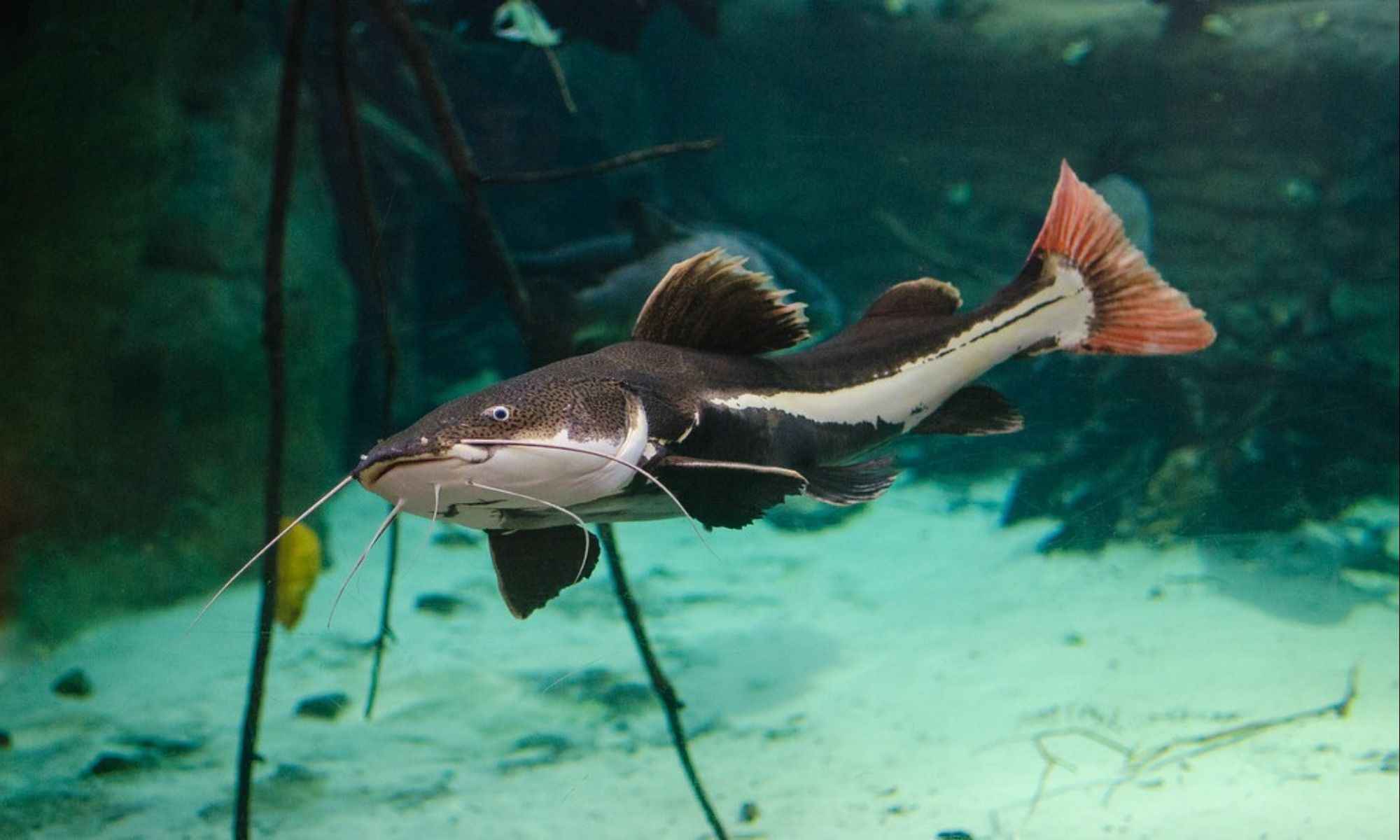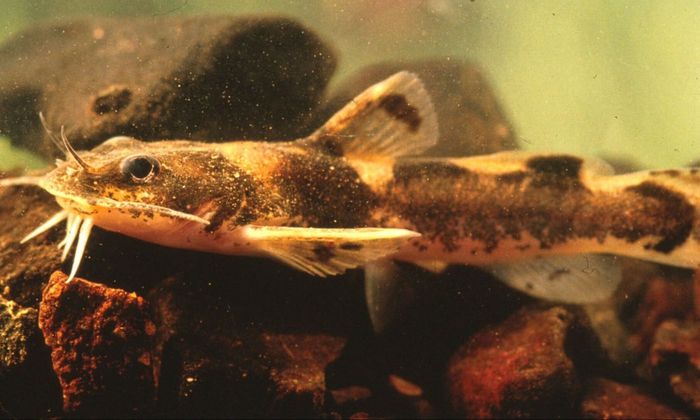10 Simple Tips to Catch More Catfish
Catfish are one of those species that anglers love to catch. If you're planning to catch some, here are ten simple tips you can catch more catfish.

Casual and serious anglers love catching catfish. And it’s really not that hard to imagine why because catching some catfish is actually quite rewarding. Why? Well, first of all, catfish are known to be feisty fighters, which most (if not all) anglers like because reeling in a catfish offers a fun challenge. But don’t get me wrong. Catfish are pretty easy to hook as they’re often willing biters. The challenge would actually come once you’re reeling it in.
Secondly, catfish are pretty common in that there are 49 species of catfish found in almost all US states. Anglers can find them in almost all freshwater systems in different habitats—from shallow ponds and streams to the deepest lakes and rivers. So yes, wherever you are in the country, chances are you can catch some quality catfish from your favorite fishing spot.
The third reason why a lot of fishing enthusiasts specifically target catfish is that they can get pretty huge. The biggest catfish ever caught in the US was a whopping 123-pounder that was caught at Elk City Reservoir in Kansas.

And lastly, anglers target catfish because, well, they’re quite delectable—whether you grill, bake, or fry it. Catfish flesh is often white, off-white, and sometimes pinkish. It’s moist, dense, and typically firm but tender when properly cooked. As for the taste, the meat has that subtle sweet taste that everyone would certainly love. The best thing about it is aside from its delicious taste, catfish meat is quite healthy as it's low in calories and sodium and a great source of nutrients, including vitamin B12, selenium, and omega-3, and omega-6 fatty acids. Thinking of targeting some catfish soon?
10 Tips to Catch More Catfish on Your Next Fishing Trip
1.Different catfish species

There are about forty-nine known catfish species swimming in our water systems as of the moment—and there may actually be more. And as you know, different species mean different preferences of habitats as well as different feeding and spawning habits, which would, of course, affect how you’d be able to catch the fish. So it would be helpful if you’d known beforehand which of these species you’re going to be targeting so you’d know how to catch them. Favorite catfish species to target by most anglers include channel, flathead, bullhead, and blue catfish as these species are widely distributed around the country.
2. The best time of day to catch a catfish
Although most catfish species are pretty active during the day, some are nocturnal. Flatheads, for instance, are only known to be caught at night. Blues, on the other hand, are more active during the day. Channel catfish can be caught regardless of the time but they tend to stay in the shallower parts of the water when it’s dark. So yes, aside from knowing what species you’re going to be targeting, you will also need to know the time of day these fish are more actively biting. For best results, try fishing during the early morning and when the sun is about to set.

3. The best time of the year to catch a catfish
Yes, most catfish species are catchable throughout the year but knowing their behavior each season would certainly give you an edge in catching these favorite gamefish. That said, wintertime may still be quite productive if you know where exactly to catch them. If you’re going to be fishing on ice, you just have to find the deeper parts of the water and find the spot where the water is moving slowly as these are areas where most catfish species tend to stay. For the best catfish fishing experience, however, nothing beats summer as all of them are more actively biting, not to mention it’s the time of the year that they grow really big.
4. The best catfish fishing rod
Fishing for catfish doesn’t necessarily require any fancy gear. For best results, however, we recommend using a fast action rod with plenty of backbone and adequate bend in the tip. This allows you to easily feel the tug once the catfish start nibbling on your bait and you’d be able to react sooner before the fish gets away with your bait. This will also provide you with enough rod strength for you to be able to fight with the fish without you having to worry about your rod snapping in two. A 6’ medium-power rod to 7’ medium-heavy should do the trick.
5. The best catfish fishing reel
If you’re going to be targeting larger catfish, a baitcasting reel with a 20-pound test monofilament line will help you cast your line more accurately while providing you with a more reliable drag to help you reel in those feisty fighters. If you’re going to be targeting smaller species, a spinning reel with a 10-pound test monofilament line would be enough.
6. The best catfish fishing bait
Indeed, most catfish species are not known to be picky eaters. You may use live or fresh cut bait of oily fish such as shad or herring to be able to lure these babies into your trap. Live nightcrawlers and crawfish are also said to be quite irresistible for all catfish species. If you’re opting for artificial bait, there are several available ones in a bait shop that are said to be effective—just make sure that you choose something that moves in the water like what catfish usually eats. If you want to catch more catfish, you can never go wrong with live bait.
7. Other essentials
Treble #6 sized hooks are the most effective hooks many successful catfish anglers can attest to, especially if you’re going after small to medium catfish species. If you’re going after the huge ones, you should use a circle hook. Whatever hook you’re using, make sure that it’s sharp enough so that it can easily pierce through the catfish’s tough jaw. You will also need a landing net and heavy-duty gloves to avoid getting slashed by the fish’s nasty spines. Lastly, you will need a long-nosed plier for you to be able to remove the hook without any hitch.
8. Where to find more catfish
Now that we’ve covered all the gear, we will talk about where in the water you can find and, of course, catch more catfish. The quick answer to that question is: where there’s a structure. You see, catfish usually hang in areas where they can feel the flow of water without them having to fight the current continuously. These areas in the water can be found where the current hits a structure, say, a fallen log or a rock and these are where you’ll usually find them. So make sure you cast your line on or near these spots.
9. Cover more grounds
Okay, say you have all the essentials and you’ve done all the tips mentioned above but you’re still not getting any bite from a known catfish area. Well, you just have to move to another area and re-cast your line. Keep in mind that all catfish are often feisty biters and they don’t take that long to bite. So if you’re not getting any bite from one area, chances are there are no catfish there. Just hang in an area for about fifteen to twenty minutes. If they aren’t biting, move to another known catfish area. If you’re night fishing, however, you may need to stay longer in one area for maybe around thirty minutes to an hour at the most. The rule of thumb is just don’t stay in one area for too long. The more grounds you cover, the higher chances of you catching more catfish.
10. Reeling it in
Catfish are known to be tough fighters so if you happen to hook one, you just need to reel it in as fast as you can so that the hook will lodge into the mouth of the fish deeper, thus, preventing the fish from escaping.



